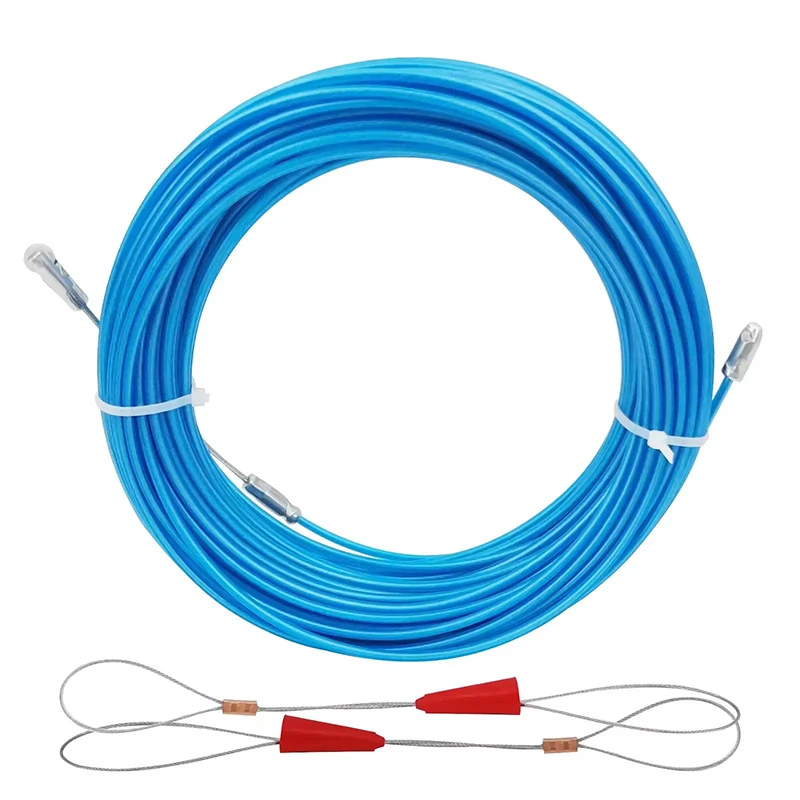
-
 Afrikaans
Afrikaans -
 Albanian
Albanian -
 Amharic
Amharic -
 Arabic
Arabic -
 Armenian
Armenian -
 Azerbaijani
Azerbaijani -
 Basque
Basque -
 Belarusian
Belarusian -
 Bengali
Bengali -
 Bosnian
Bosnian -
 Bulgarian
Bulgarian -
 Catalan
Catalan -
 Cebuano
Cebuano -
 Corsican
Corsican -
 Croatian
Croatian -
 Czech
Czech -
 Danish
Danish -
 Dutch
Dutch -
 English
English -
 Esperanto
Esperanto -
 Estonian
Estonian -
 Finnish
Finnish -
 French
French -
 Frisian
Frisian -
 Galician
Galician -
 Georgian
Georgian -
 German
German -
 Greek
Greek -
 Gujarati
Gujarati -
 Haitian Creole
Haitian Creole -
 hausa
hausa -
 hawaiian
hawaiian -
 Hebrew
Hebrew -
 Hindi
Hindi -
 Miao
Miao -
 Hungarian
Hungarian -
 Icelandic
Icelandic -
 igbo
igbo -
 Indonesian
Indonesian -
 irish
irish -
 Italian
Italian -
 Japanese
Japanese -
 Javanese
Javanese -
 Kannada
Kannada -
 kazakh
kazakh -
 Khmer
Khmer -
 Rwandese
Rwandese -
 Korean
Korean -
 Kurdish
Kurdish -
 Kyrgyz
Kyrgyz -
 Lao
Lao -
 Latin
Latin -
 Latvian
Latvian -
 Lithuanian
Lithuanian -
 Luxembourgish
Luxembourgish -
 Macedonian
Macedonian -
 Malgashi
Malgashi -
 Malay
Malay -
 Malayalam
Malayalam -
 Maltese
Maltese -
 Maori
Maori -
 Marathi
Marathi -
 Mongolian
Mongolian -
 Myanmar
Myanmar -
 Nepali
Nepali -
 Norwegian
Norwegian -
 Norwegian
Norwegian -
 Occitan
Occitan -
 Pashto
Pashto -
 Persian
Persian -
 Polish
Polish -
 Portuguese
Portuguese -
 Punjabi
Punjabi -
 Romanian
Romanian -
 Russian
Russian -
 Samoan
Samoan -
 Scottish Gaelic
Scottish Gaelic -
 Serbian
Serbian -
 Sesotho
Sesotho -
 Shona
Shona -
 Sindhi
Sindhi -
 Sinhala
Sinhala -
 Slovak
Slovak -
 Slovenian
Slovenian -
 Somali
Somali -
 Spanish
Spanish -
 Sundanese
Sundanese -
 Swahili
Swahili -
 Swedish
Swedish -
 Tagalog
Tagalog -
 Tajik
Tajik -
 Tamil
Tamil -
 Tatar
Tatar -
 Telugu
Telugu -
 Thai
Thai -
 Turkish
Turkish -
 Turkmen
Turkmen -
 Ukrainian
Ukrainian -
 Urdu
Urdu -
 Uighur
Uighur -
 Uzbek
Uzbek -
 Vietnamese
Vietnamese -
 Welsh
Welsh -
 Bantu
Bantu -
 Yiddish
Yiddish -
 Yoruba
Yoruba -
 Zulu
Zulu


nov . 27, 2024 07:26 Back to list
Understanding the Importance of Grounding Rods for Electrical Safety and System Efficiency
Understanding Earthing Rods Importance and Applications
Earthing rods, also known as grounding rods, are a critical component of electrical safety systems. They serve as a direct physical connection between electrical installations and the ground, allowing for the safe dissipation of electrical currents. In this article, we will explore the significance, design, installation, and maintenance practices associated with earthing rods.
The Importance of Earthing Rods
The primary purpose of an earthing rod is safety. In the event of a fault, such as a short circuit or lightning strike, excess electrical current needs a path to the ground to prevent dangerous voltages from building up in electrical equipment. Without proper grounding, users face risks such as electric shock, fire hazards, and damage to electrical appliances. By providing a safe point of discharge, earthing rods protect both infrastructure and individuals from potential electrical hazards.
Moreover, earthing systems enhance the reliability of equipment operation. Electrical devices designed for sensitive applications, such as computer servers and communication equipment, benefit significantly from effective grounding. Stable voltage levels and reduced electromagnetic interference contribute to better performance and longevity of these devices.
Design and Materials
Earthing rods are typically made from conductive materials such as copper, galvanized steel, or stainless steel. The choice of material affects the rod's efficiency, corrosion resistance, and longevity. Copper rods are highly conductive and resist corrosion, making them an excellent choice for residential and commercial applications. On the other hand, galvanized steel offers a cost-effective solution with decent conductivity and durability.
A standard earthing rod is usually around 2 to 3 meters in length and is driven into the ground vertically. Sometimes, they are installed horizontally depending on soil conditions and space availability. The surface area in contact with the soil is crucial for effective grounding; thus, the rod should be installed in moist soil whenever possible, as dry and rocky soil can impede electrical conduction.
earthing rod gi

Installation Practices
Installing an earthing rod is a task that requires careful planning. The first step is to determine the appropriate location for the rod, which should be away from buildings and other structures to avoid interference. Soil resistivity testing is often conducted to determine the most effective depth and orientation for installation.
The installation involves driving the rod into the ground using a hammer or a driving tool, ensuring that it is vertical. After the rod is installed, it is essential to connect it securely to the electrical system using a grounding wire. Avoiding corrosion is crucial, so connections may be coated with special compounds to ensure long-lasting conductivity.
Maintenance and Inspection
Regular maintenance and inspection of earthing rods are vital for ensuring continued efficacy. Over time, factors such as soil composition changes, corrosion, and physical disturbances can affect the performance of grounding systems. Routine checks should include assessing the integrity of connections, verifying that the rod is securely grounded, and measuring ground resistance levels.
Testing the ground resistance using specialized instruments helps ascertain that the earthing rod is functioning correctly. A resistance value below 5 ohms is generally considered acceptable, though local codes may dictate specific requirements. Any signs of corrosion or damage should be addressed promptly to maintain safety standards.
Conclusion
In summary, earthing rods play an indispensable role in electrical safety systems, protecting both people and equipment from hazardous electrical incidents. Understanding their design, proper installation, and ongoing maintenance is crucial for any electrical system. By investing in quality earthing solutions, we can ensure safer environments and reliable electrical performances in our homes and businesses.
Latest news
What Are Construction Tools and How Are They Used?
NewsJul.11,2025
Professional-Grade Duct Rodding Tools for Superior Cable Installation
NewsJul.11,2025
Enhancing Safety and Efficiency with Modern Hot Stick Solutions
NewsJul.11,2025
Empowering Cable Installation with Advanced Rodder Solutions
NewsJul.11,2025
Elevate Your Cable Installation Projects with Cable Pulling Tools
NewsJul.11,2025
Efficient Cable Handling Solutions: Cable Rollers for Sale
NewsJul.11,2025











